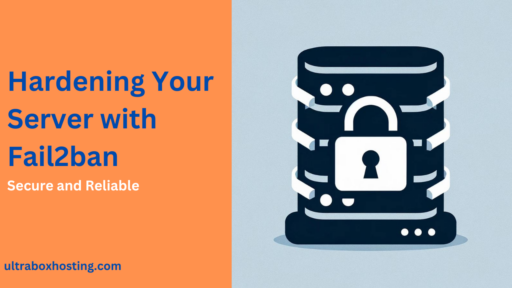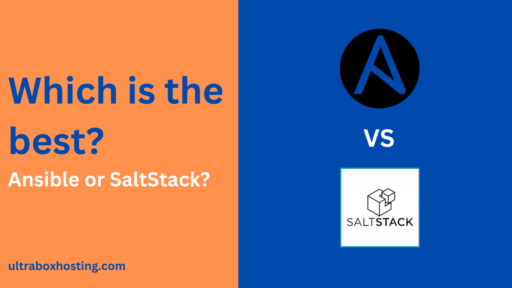In today’s digital age, ensuring website availability and performance under high traffic conditions is crucial for businesses. Load balancers play a vital role in managing internet traffic and optimizing resource use across servers. In this comprehensive guide I will explore the types of load balancers, how they work, their benefits, and essential considerations for integrating load balancers into your network architecture.
Table of Contents
What is a Load Balancer?
A load balancer is a device or software application that distributes network or application traffic across a cluster of servers. This ensures no single server bears too much demand. By balancing request loads, load balancers improve responsiveness and increase the availability of applications.

Why Use Load Balancers?
- Enhanced Performance: Load balancers distribute traffic among servers to prevent any single server from becoming a bottleneck, significantly improving performance.
- Increased Availability and Reliability: By redirecting traffic away from failed servers to healthy ones, load balancers enhance the availability and reliability of applications.
- Scalability: Seamlessly add or remove servers without disrupting service.
- Efficient Use of Server Resources: Optimize the use of server resources, reducing the likelihood of overloading servers.
- Flexibility and Scalability for Growing Traffic: Adjust dynamically to changing loads, making it ideal for websites that experience varying levels of traffic.
Types of Load Balancers
- Network Load Balancer (NLB): Operates at the transport layer (OSI Layer 4) and routes traffic based on TCP port or IP address. NLBs are highly efficient and capable of handling millions of requests per second.
- Application Load Balancer (ALB): Works at the application layer (OSI Layer 7), making routing decisions based on content type, cookie data, and other attributes of the HTTP/HTTPS headers. ALBs are ideal for managing complex, content-based routing rules.
- Global Server Load Balancer (GSLB): Directs client requests to the best available server across multiple geographical locations, enhancing the user experience by reducing latency.
How Load Balancers Work
- Traffic Distribution: Incoming network traffic is distributed to multiple servers based on various algorithms:
- Round Robin: Distributes client requests sequentially across the server group.
- Least Connections: Sends requests to the server with the fewest active connections.
- IP Hash: Determines which server receives the request based on the IP address of the client.
- Health Checks: Regularly checks the health of servers to ensure traffic is only directed to servers that are online and responding correctly.
- Session Persistence: Sometimes necessary to maintain user sessions, ALBs ensure requests from a specific client are directed to the same server during a session.
Benefits of Load Balancers
- Reduced Downtime: Ensures high availability and fault tolerance by automatically rerouting traffic from failed servers to active ones.
- Handling Spikes in Traffic: Manages sudden spikes in traffic without service disruption.
- Improved User Experience: Reduces load times and improves responsiveness, leading to a better user experience.
Key Considerations When Choosing a Load Balancer
- Performance Needs: Understand the volume of traffic and the type of content delivered.
- Security Features: Consider load balancers that provide SSL/TLS offloading, DDoS protection, and other security measures to safeguard your data.
- Cost and Complexity: Evaluate the cost against the functionality offered and the skills required to manage the load balancer.
Conclusion
Load balancers are an indispensable part of any scalable internet architecture, crucial for maintaining fast, reliable, and secure application delivery. By understanding the different types of load balancers and how they can be optimized for your specific needs, businesses can ensure that their digital platforms can handle the demands of modern internet traffic, providing a seamless experience for users.




